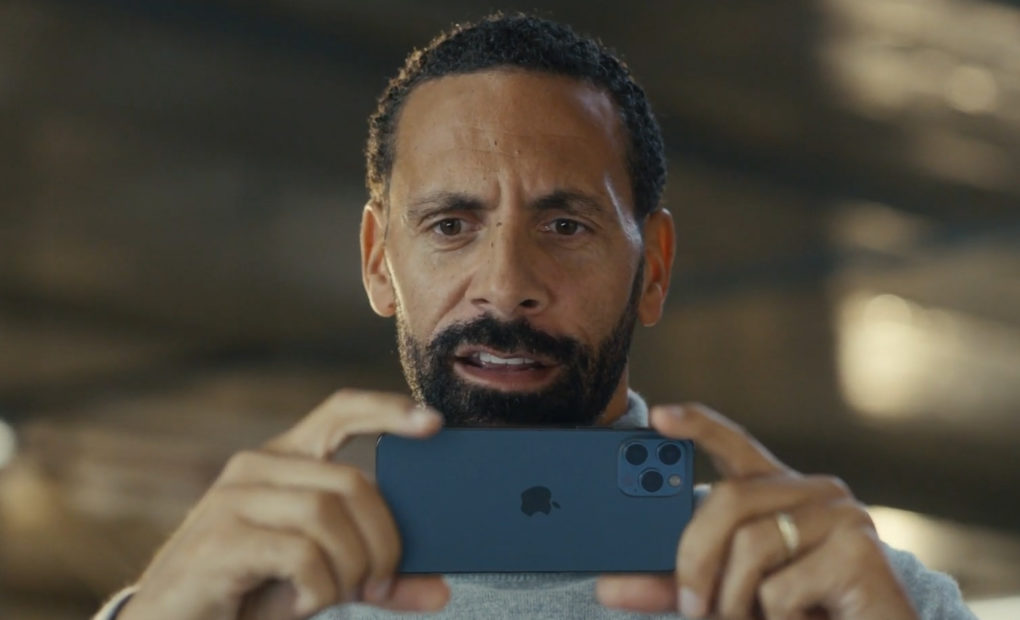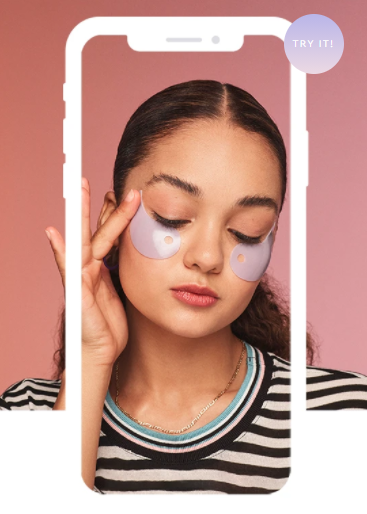
Watch this space: Why AR is the new playground for your brand
Henry Stuart, CEO and Founder of Visualise, talks what’s hot in AR and how the future could look as more and more brands from all sectors experiment with immersive technology.
What is Augmented Reality? ‘Augmented’ – what a choice of word. It sounds complex but put simply, we can think of it as adding to reality or adding an extra layer to the world around us. AR brings ‘things’ into the real world in a way that looks natural, integrated, informative or just frankly bonkers and brilliant.
In recent years, the explosion of AR technology has evolved Blade Runner from a dystopian comment on society to a contemporary thriller. We’re only a few years off holographic people walking up to you in the street and talking to you, but don’t worry – it’s not all that scary.
In the marketing world, the ability to share more information to the world can mean bringing a product to life. This can be practical like illustrating the health benefits of some fruit juice through to the fun and eccentric like talking wine labels.
Using AR and the lens of a phone, the world can be transformed as you know it. If your brand is thinking of taking a step into this new reality, here’s a catch up on what’s possible and who’s leading the way.
19 Crimes AR campaign: Hold your phone in front of the wine label and watch the label come to life as they confess their crime.
AR in the home
AR allows customers to view the world through a kind of magic glass, opening their eyes up to the extraordinary. This new window into a customer’s reality means a brand can engage with the client personally in their habitat, rather than in stores or online, offering a welcomed moment of connection.
Applications like these can have practical uses, such as giving people the opportunity to see products in their homes. Ikea has done this most famously with the hugely successful Ikea Place app, offering users the freedom to situate their dream furniture anywhere in the house. Apple too, has enabled customers to view their products nestled in their home office or sat on the coffee table.
Watch how Visualise worked with Mercedes in Project Gelanderwagen, allowing users to experience the car in their world using ‘Spark AR’.
AR for the imagination
Even high-end fashion houses are exploring the benefits of AR. Louis Vuitton known for their minimalist stores and famous prints launched their ‘Zooooom with Friends’ AR app this year, with great success. As part of the campaign, the ‘Vendome’ store in Paris swarmed with animated creatures climbing the walls and on to the roof, where the noisy characters played instruments and jammed in the cityscape.
This new thirst from brands to do something entirely off agenda and out of the ordinary is what’s attractive to the industry. And what’s more enticing is that these brands mostly have the infrastructure already in place to make this happen; Louis Vuitton used their original app to build the AR element giving them instantly more reach.
Louis Vuitton Zooooom with Friends AR app.
Alexander McQueen, using the fashion designer’s trademark use of insects beautifully (and creepily!) here.

AR for your … face?
Face recognition and face filters have arguably been the best-known thing in AR over the last few years. Think of your Snapchat or your teenager’s Snapchat. The soaring popularity of features which do fun things with our face has led to a slew of makeup filters, glasses filters – if everyone is keen on seeing what they’d look like with dog ears or a unicorn horn why wouldn’t they want to see what they’d look like in a pair of expensive Ray-Bans, right?
Check out Millie Bobby Brown’s ‘Virtual Try-On’ of the Florence Range and some of Ray-Ban’s work on webcam AR. With the technology behind these filters continually evolving, allowing for ‘segmentation’ (the removal of backgrounds) and mood recognition, the experiences are getting more engaging rapidly.
The future for AR
COVID-19 has undoubtedly had a significant impact on AR. Foot traffic to stores has been massively reduced, and brands are looking at how to get customers ‘hands-on’ virtually.
It’s not all about consumer brands though; the sports industry has had a massive shock with the loss of physical crowds and brands have been looking at how they can add richness and impact to the experience of watching from home.
BT Sport has been one of the trailblazers in this movement, adding never before seen features to their app like ‘portal’ letting viewers walk through into 360 video content from the game in hand or pre-recorded. You can also place a stadium on the floor or any flat surface that you can lean in to and see live stats from the game.
Augmented reality allows brands to give their customers unique experiences with the convenience of tapping into their mobile devices. As most things worth doing now happen on a mobile, it makes good business sense for all brands to be exploring what could be possible for them with their product and the platforms they already use like Instagram, Facebook and Snapchat. These tools are also quickly becoming available on desktop too. Step into this new reality and see what it can offer your brand and your customers.

Comments